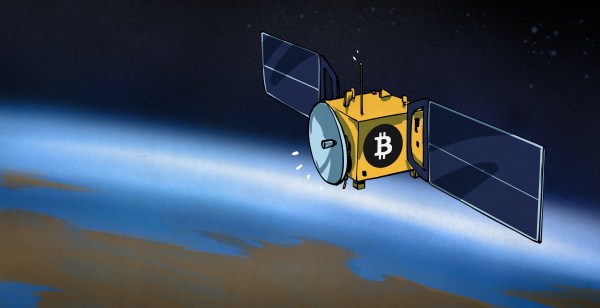When it comes to antenna projects, we usually cover little ones here. From copper traces on a circuit board to hand-made units for ham radio. But every once in a while it’s fun to look at the opposite end of the spectrum, and anyone who craves such change of pace should check out DSS43’s upgrade currently underway.
Part of NASA’s Deep Space Network (DSN) built to communicate with spacecraft that venture far beyond Earth, Deep Space Station 43 is a large dish antenna with a diameter of 70 meters and largest of the Canberra, Australia DSN complex. However, the raw reflective surface area is only as good as the radio equipment at its center, which are now outdated and thus focus of this round of upgrades.
The NASA page linked above offers a few pieces of fun trivia about DSS43 and its capabilities. If that whets an appetite for more, head over to Twitter for a huge treasure trove. Whoever is in charge of Canberra DSN’s Twitter account has an endless fountain of facts and very eager to share them in response to questions, usually tagged with #DSS43. Example: the weight of DSS43 is roughly 8.5 million kilograms, 4 million of which is moving structure. They also shared time lapse video clips of work in progress, one of which is embedded after the break.
Taking the uniquely capable DSS43 offline for upgrades does have some consequences, one of which is losing our ability to send commands to distant interplanetary probe Voyager 2. (Apparently smaller DSN dishes can be arrayed to receive data, but only DSS43 can send commands.) Such sacrifices are necessary as an investment for the future, with upgrade completion scheduled for January 2021. Just in time to help support Perseverance (formerly “Mars 2020”) rover‘s arrival in February and many more missions for years to come.
Continue reading “NASA Making Big Upgrades To Their Big Dish DSS43” →














